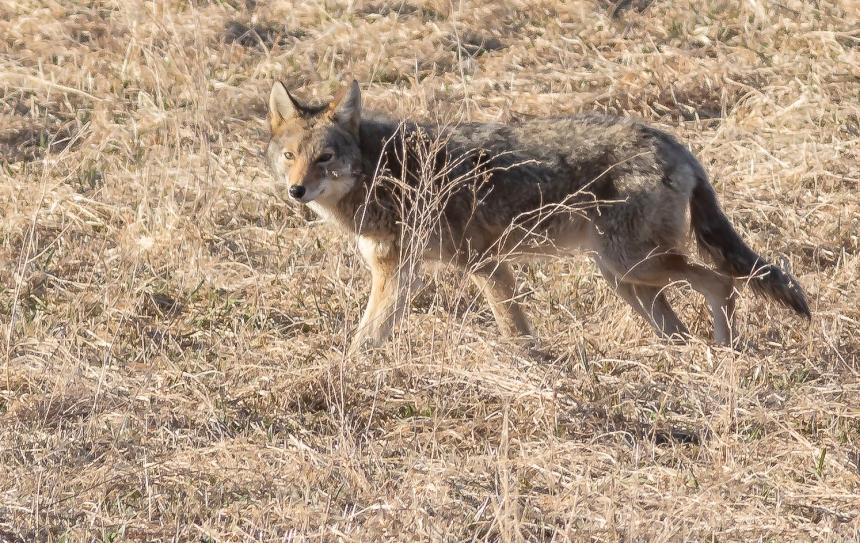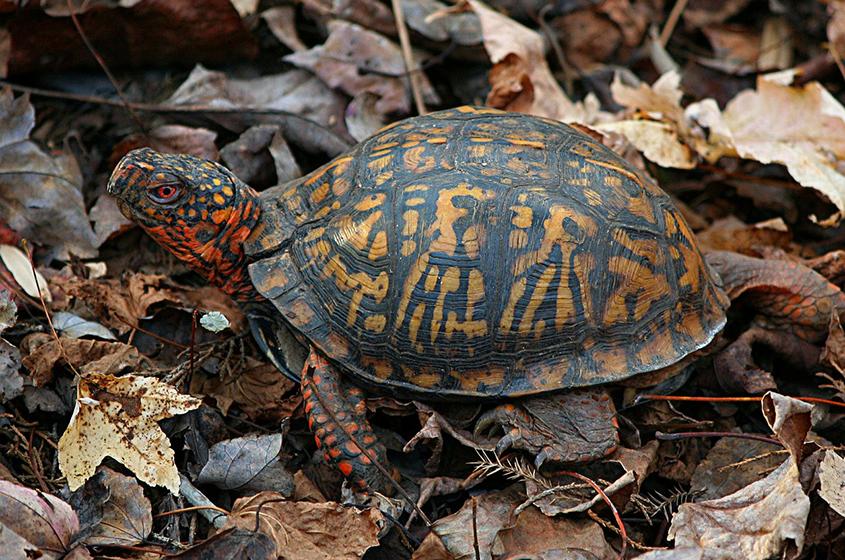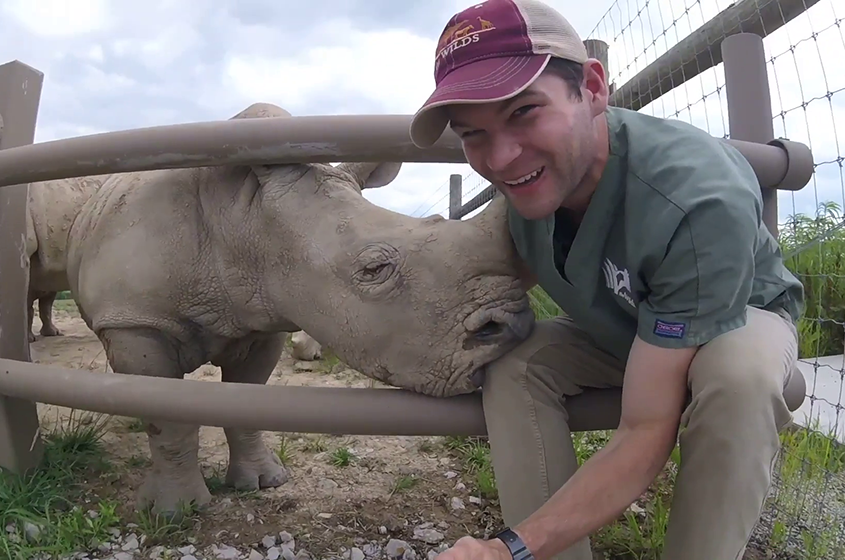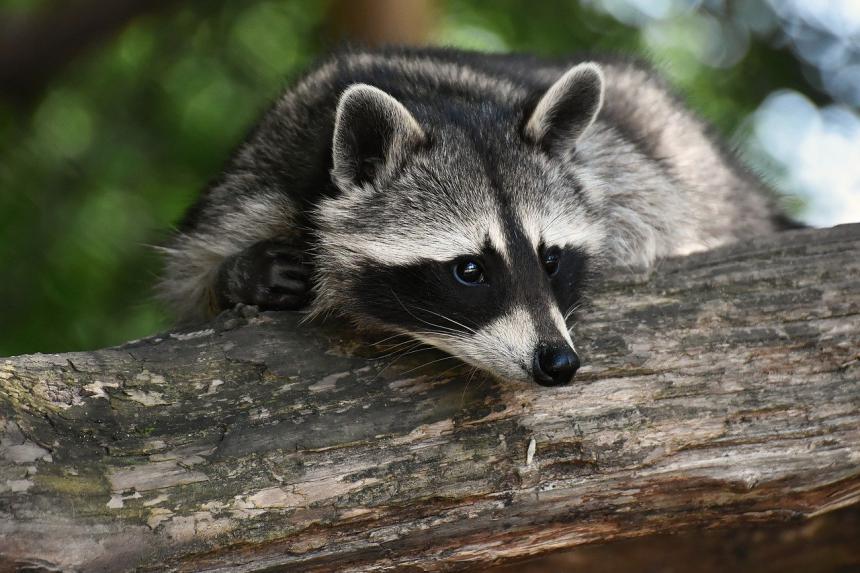In the News

For Your Information
January 20, 2021
As part of the national recovery effort, endangered black-footed ferrets were reintroduced to the Cheyenne River Sioux Reservation in South Dakota in 2000. In an effort to determine possible causes of the population decline after the reintroduction, researchers conducted a pathogen survey using coyotes as a sentinel animal.

December 09, 2020
The Cornell University College of Veterinary Medicine has released its 2020 Annual Report, detailing its progress in its key strategic priority areas, including "Advances in Animal, Human and Ecosystem Health."

November 10, 2020
Cornell researchers participated in an open discussion during the “One Health Perspectives” session as part of the COVID-19 Summit, a two-day event featuring researchers from across Cornell.

July 19, 2020
Rabbit Hemorrhagic Disease Virus 2 has been rapidly spreading across the western half of the United States, and Cornell's Dr. Krysten Schuler advises not handling wild rabbits at this time.

For Your Information
May 29, 2020
Keeping New York State wildlife rehabilitators informed and prepared for emerging disease threats is an important part of surveillance and prevention at the Cornell Wildlife Health Lab.
Video
May 20, 2020
On May 20, 2020, we hosted a panel discussion for current Cornell DVM students interested in wildlife health-related careers.

For Your Information
April 21, 2020
Most people value wildlife encounters, and there’s a fascination that comes from a taxa so vastly different than our own. But, many species of reptiles and amphibians are declining in the wild, facing threats such as habitat loss, unscrupulous collection, and disease. Therefore, great care must be taken to ensure that we do not negatively impact that which we love.

March 09, 2020
At a critical time for the future of life on Earth, The College of Veterinary Medicine announces the establishment of the Cornell Wildlife Health Center. The new center focuses on catalyzing multidisciplinary collaboration to address wildlife health challenges worldwide, while immersing students in unique learning experiences at home and abroad.

February 17, 2020
Vaccinations are intended to help our immune systems protect us from a disease. They prevent outbreaks of disease in humans and domestic animals. What about wild animals? Do they get vaccinated too?
Video
October 23, 2019
The One Health concept recognizes that the health of people is connected to that of animals and the environment. Amphibians have been documented to help keep forests healthy while also serving as key indicators of water quality.
